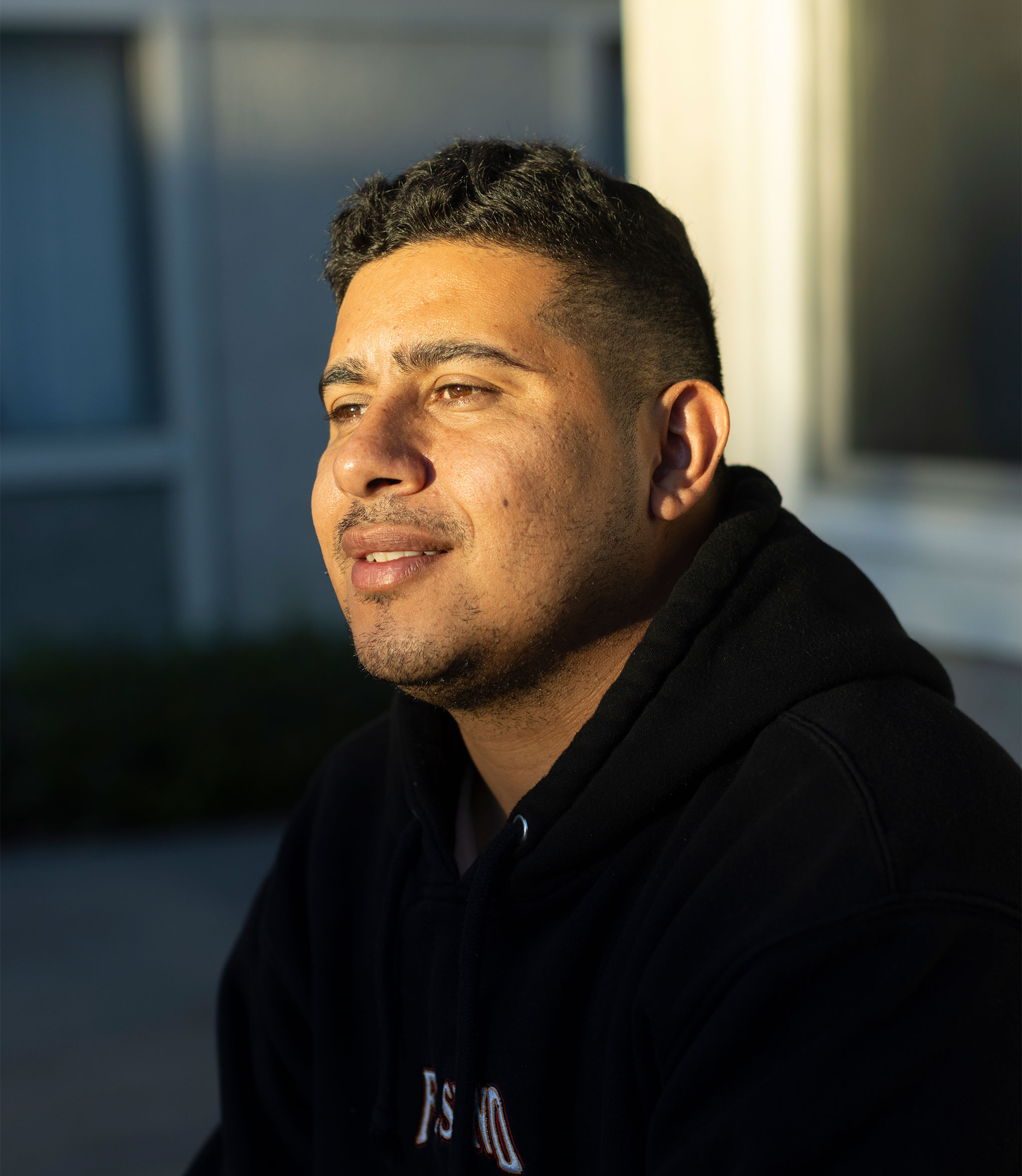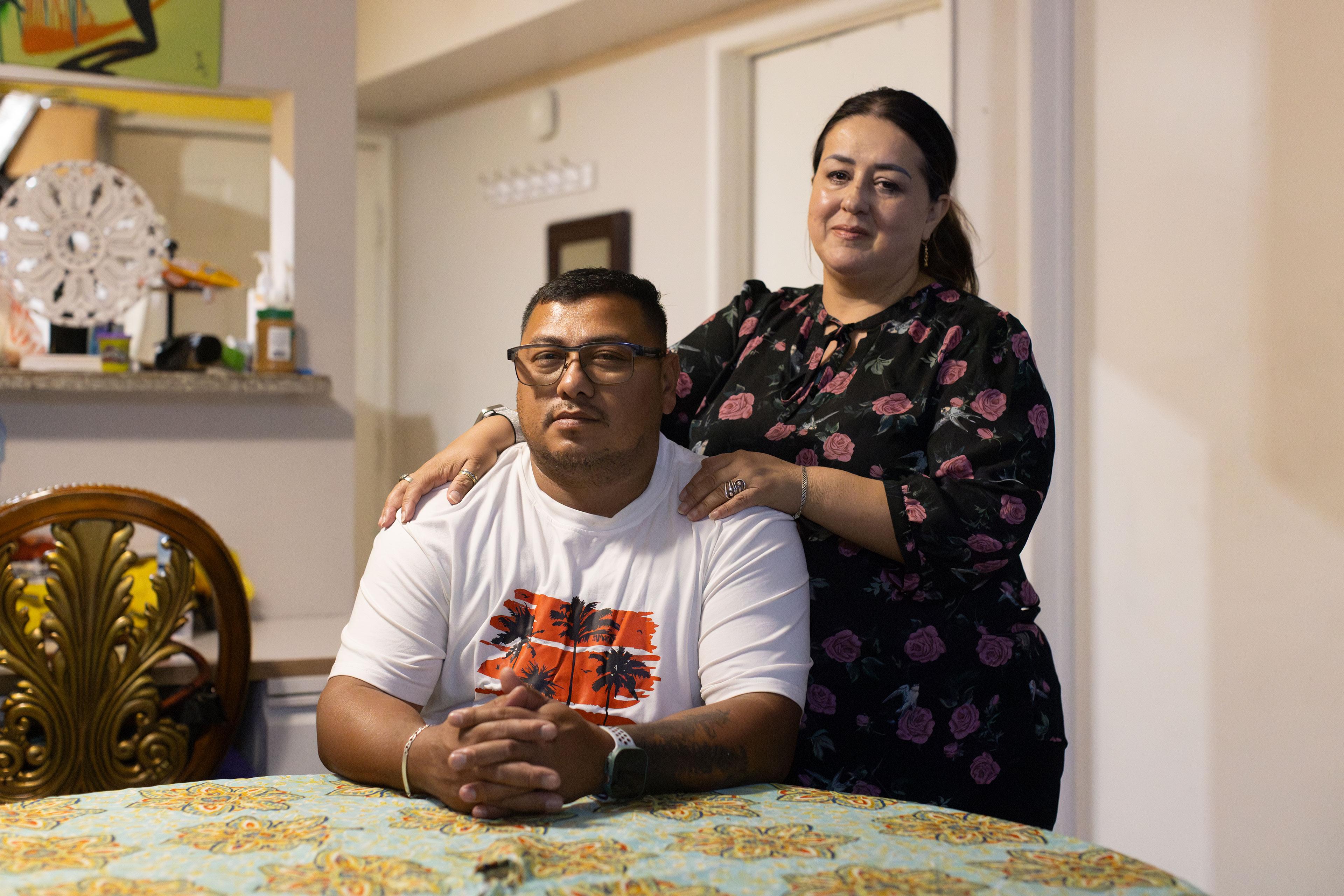California this year took the final step in opening Medi-Cal, its Medicaid program, to every eligible resident regardless of immigration status. It’s a significant expansion for an already massive safety net program.
Medi-Cal’s annual spending now stands at $157 billion, serving about 15 million low-income residents, more than a third of Californians. Of those, about 1.5 million are immigrants living in the U.S. without authorization, costing an estimated $6.4 billion, according to the Department of Health Care Services. They have been gradually added to the program as the state lifted legal residency as an eligibility requirement for children in 2016, young adults ages 19-25 in 2020, people 50 and older in 2022, and all remaining adults in January.
As California’s public insurance roll swells, advocates for immigrants praise the Golden State for an expansion that has helped reduce the uninsured rate to a record low 6.4%. Providers and hospitals, however, caution that the state hasn’t expanded its workforce adequately or increased Medi-Cal payments sufficiently, leaving some enrollees unable to find providers to see them in a timely manner — if at all.
“Coverage does not necessarily mean access,” said Isabel Becerra, CEO and president of the Coalition of Orange County Community Health Centers, during an Oct. 2 health policy summit in Los Angeles. “There’s a workforce shortage. We’re all fighting for those doctors. We’re fighting with each other for those doctors.”
Though the state has raised Medi-Cal payments for primary care, maternity care, and mental health services to 87.5% of what Medicare pays, private insurance still tends to pay more, according to the California Legislative Analyst’s Office.
A ballot initiative this month could guarantee revenue from a tax on managed-care plans goes toward raising the pay of health care providers who serve Medi-Cal patients.
Some believe the next chapter for covering immigrants will require more than Medi-Cal.
Democratic state Assembly member Joaquin Arambula in 2022 proposed legislation to allow the approximately 520,000 uninsured unauthorized residents who earn more than 138% of the federal poverty level to apply for state-subsidized health coverage through Covered California, the state’s health exchange. The bill, however, died in committee this year.
The final installment of the “Faces of Medi-Cal” series looks at how Medi-Cal has affected its newest enrollees. They include Vanessa López Zamora, who is finally getting treated for hepatitis and cirrhosis but has trouble seeing a gastroenterologist close to home; Douglas Lopez, an entertainment park worker who credits dental coverage for boosting his well-being; and Daniel Garcia, who suffers from gout but has given up his search for a primary care provider. All spoke to KFF Health News in Spanish after recently becoming eligible for Medi-Cal.
‘Started Feeling Sick a Long Time Ago’
In March, Vanessa López Zamora’s stomach had swollen so much it looked like she was pregnant. She had been vomiting and in pain for days.
She went to her local emergency room, at Kaweah Health Medical Center, but it didn’t have a specialist available, she said. So, the 31-year-old was transferred by ambulance to Adventist Health Bakersfield, about 80 miles from her home in Visalia.

Doctors diagnosed her with hepatitis A and C and cirrhosis, which had caused internal injuries to her liver and esophagus, she said. She spent four days in the hospital and for further treatment got a referral to a gastroenterologist, whom she can see as a new Medi-Cal enrollee — an option she couldn’t afford in the past when she had stomach pains and nausea.
“It’s been a very long process because I started feeling sick a long time ago.” said López Zamora, an accountant at a local radio station in Visalia in the San Joaquin Valley. “My girls are very little, and if I can’t get the necessary treatment, I won’t know how much time I have left.”
López Zamora, who came to California from Mexico City when she was 8 years old, is grateful for the care she initially received.
But she’s also frustrated.
The gastroenterologist the hospital referred her to is in Bakersfield — a tough journey for López Zamora, who doesn’t drive and can’t afford to travel to another city.
Limited access to specialists — from gastroenterologists to cardiologists — has been a long-standing challenge for many Medi-Cal patients, especially those in rural areas or regions facing staff shortages. The San Joaquin Valley, where López Zamora lives, has the lowest supply of specialists in the state, according to the California Health Care Foundation.
Michael Bowman, a spokesperson for Anthem Blue Cross, her Medi-Cal plan, said in an email that Anthem has a broad network of specialists that serve Medi-Cal beneficiaries, including more than 100 gastroenterologists within 20 miles of Visalia.
She is treating her cirrhosis with medication and diet, but in August her gastroenterologist in Bakerfield discovered signs of a precancerous condition in the stomach.
López Zamora said she is searching for a specialist closer to home. For now, she relies on her mother, who must take the day off work, to get to appointments or she takes the bus. She tried using transportation provided by Medi-Cal but was left stranded at the hospital. And she has rescheduled her appointments twice.
“They drove me up but didn’t take me back because they couldn’t find an Uber,” she said.
‘A Very Simple Process’
Medi-Cal gave Douglas Lopez the dental treatment he couldn’t afford.

The 33-year-old earned minimum wage as a cleaner in an entertainment park in 2022, and the emergency Medi-Cal plan he signed up for covered only emergency extractions.
That year, Lopez experienced a sharp pain in his back teeth when he ate his beloved coconut-and-tamarind candy balls from his native Guatemala.
A dentist told him that he needed several filings and three root canals. He began treatment, but the bills became more expensive: $150 the first session, then $200, then $300.
“I couldn’t afford it,” recalled Lopez, who lives in Fullerton. “I had to pay rent and food.”
Worried he would lose teeth, he stopped eating anything that would cause him pain.
In January, Orange County automatically enrolled Lopez in Molina Healthcare’s Medi-Cal plan when the state expanded insurance eligibility for unauthorized residents ages 26-49. The coverage has transformed his care, he said.
So far, Lopez has seen a dentist six times, for a cleaning, three root canals, two filings, and X-rays. And Medi-Cal has footed the bill.
Lopez’s experience contrasts with that of many other Medi-Cal enrollees, who struggle to get the care they need. The UCLA Center for Health Policy Research found that 21% of California dentists saw Medi-Cal patients of all ages, according to data from 2019 to 2021. Often those dentists limit the number of Medi-Cal patients they will see; only 15% of adult enrollees might get dental care in a given year.
Lopez said Medi-Cal has come through for him.
“It was a very simple process. I was so excited to search for a dentist,” Lopez said. “The fear of losing my teeth because I wasn’t getting treatment disappeared.”
‘Something That You Can’t Even Use’
Last year, the stabbing pain in Daniel Garcia’s arm and foot got so bad that the 39-year-old went to the ER.
Garcia has gout, a type of inflammatory arthritis that can cause intense pain and swelling in his joints. When he became eligible for Medi-Cal coverage this year, he thought he could finally see a doctor for treatment.
But the Los Angeles County resident said he hasn’t been able to find a primary care provider willing to take his Molina Healthcare insurance.
“It’s frustrating because you have something that you can’t even use,” said Garcia, who has been unable to get an annual physical. “I’ve called, and they say they don’t take my insurance.”

Molina declined to comment on Garcia’s case and didn’t respond to questions about its primary care network.
Nearly 6 million people in California live in a total of 611 primary care shortage areas, according to a KFF analysis, which found the state would need to add 881 practitioners to close this gap.
Garcia, a construction worker, said he read that he could manage his arthritis by changing his eating habits. He now eats healthier and has cut back on sugar and Coke. As for the pain, he eases it with ibuprofen. He has given up looking for a provider.
Keeping patients out of the ER, which can be 12 times as expensive as primary care, is one of the arguments for expanding Medi-Cal. Studies have shown that not only does expanding health coverage lead to lower rates of ER visits, but expanding coverage also leads to patients using preventive care more, said Drishti Pillai, immigrant health policy director at KFF, a health information nonprofit that includes KFF Health News, the publisher of California Healthline.
“It can help save health care costs because conditions are no longer going untreated for a long time, in which case they may become more complex and expensive to treat,” Pillai said.
This article is part of “Faces of Medi-Cal,” a series exploring the impact of the state’s safety net health program on enrollees.



